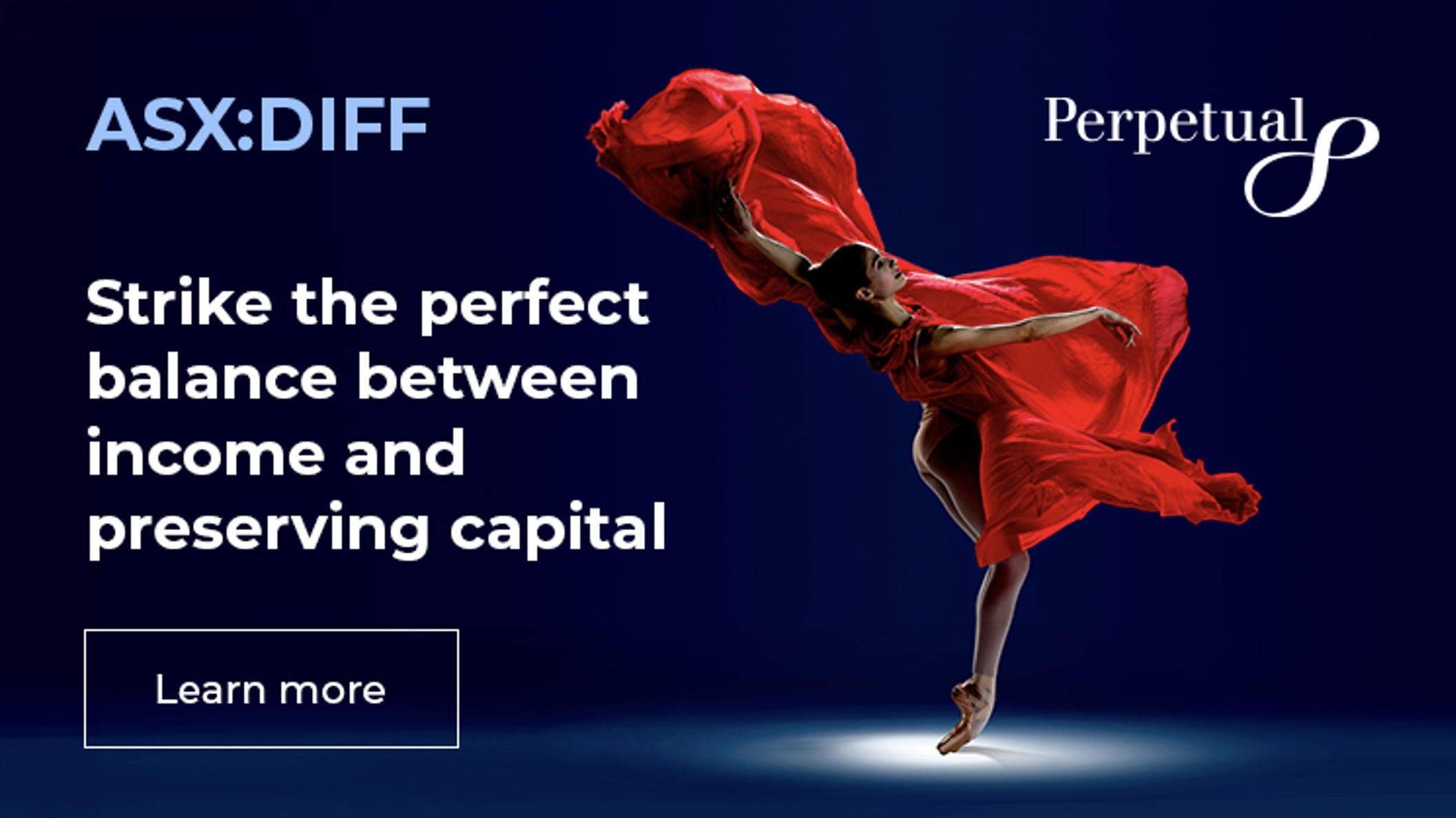
Rising tail risks are behind the twin records in gold and equities markets. That means investors need to think carefully about positioning. Vivek Prabhu explains.
• Defensive and risk assets rallying
• Unusual combination indicates threat of binary outcome
• Find out about Perpetual Diversified Income Fund (ASX:DIFF)
Financial markets are showing an unusual combination of fear and greed, with both defensive and risk assets rallying at the same time – a paradox that signals rising tail risks, argues Perpetual’s Vivek Prabhu.
Traditional safe-haven assets have recently been trading at record highs (eg gold and silver) or post-pandemic highs (eg 12-month fixed-rate bond returns).
Yet equities, property and credit markets are also setting new peaks, leaving investors in the rare position of risk-off and risk-on trades performing simultaneously.
The unusual trading activity means investors should consider reducing portfolio risk and increasing exposure to high-quality credit to protect from the potential for extreme market outcomes, argues Prabhu, Perpetual’s head of credit and fixed income.
“It’s a paradox rally where fear and greed are both winning at the same time – which is very unusual,” he says.
“Caution and confidence coexist.
“The key thing I read into that is that tail risks are rising and people are trying to have a bet each way to try to protect their portfolios because they perceive a greater risk of binary outcomes in financial markets.”
What’s happening
The world’s biggest economies face mounting fiscal stress, says Prabhu.
The US has seen its debt-to-GDP ratio climb, recently peaking at around 100 per cent – at a time when the US economy is in good shape.
Historically peaks in debt-to-GDP have only occurred during periods of war or major economic crises – leaving less fiscal capacity for the US government to respond to future crises.
The US lost its AAA rating from Moody’s this year, following Standard & Poor’s downgrade in 2011.
France has been downgraded twice in two months to single A, the lowest in its history. The UK went through a bond market crisis in 2022 when Liz Truss was prime minister.
“This creates potential contagion risks,” says Prabhu.
Post-pandemic geopolitical tensions, deglobalisation and supply chain reconfigurations have added to economic uncertainty.
Political instability, particularly in France, is compounding the problem.
“It’s very difficult for a developed sovereign to default on its debt, because it can print the money in which its debt is denominated.
But the flip side of that is you get hyperinflation.
“A lot of the flight to safety in terms of gold has been driven by concerns around currency debasement.”
That concern is visible in queues to buy physical gold in Sydney’s Martin Place.
“Gold is the ultimate collateral – because there is no one who has the liability on the other side,” says Prabhu. “It has intrinsic value.”
How to respond
The febrile environment calls for defensive positioning, says Prabhu.
Somewhat surprisingly, safety is not expensive right now.
Credit premiums at the high-quality end of the spectrum – AAA, AA and single A rated bonds – remain close to long-term historical averages, even as spreads on riskier credit compress towards decade lows.
“At the moment, you can have your cake and eat it too in terms of getting safety, while not paying a premium for that safety,” says Prabhu.
“The other thing I’ve been doing is reducing my exposure to securities lower in the capital structure, like subordinated debt and hybrids.
“Another element of de-risking has been reducing the portfolio sensitivity to credit spreads.
“That’s measured by the average maturity of the portfolio – and right now, the portfolio’s average maturity is just below two and a half years, which is the lowest I’ve had in about a decade.”
Prabhu says there are also opportunities in securitised mortgages and car leases – which provide the double benefit of quality income and built-in liquidity as loans are repaid.
“As borrowers repay the principal and interest on their home loan or car lease, that’s passed through to holders of securitised bonds – with roughly 20 per cent of that exposure repaid to bondholders each year.
That generates internal liquidity within the portfolio that isn’t reliant on secondary market liquidity in the bond market, mitigating liquidity and refinance risk.”
Downside protection
Protecting capital is the overriding focus in a paradoxical market where growth and defensive assets are both at record highs, says Prabhu.
“In this environment, risk management has been paramount for us.
“Remaining agile amid these evolving risks is really important.”
When markets are calm, fixed-income managers tend to perform similarly – it’s only during times of stress that performances diverge, he says.
“Those periods of market volatility play to Perpetual’s strength as an active manager – it’s when our returns tend to be strongest and we pull away from our peers.”
About Vivek Prabhu and Perpetual Diversified Income Fund
Vivek is Perpetual’s Head of Credit & Fixed Income. He joined Perpetual in 2004 and has more than 30 years of experience in finance, investments, accounting, governance and risk management.
He has managed multi-billion-dollar fixed income, credit and currency portfolios and his role involves credit analysis, trade execution and portfolio construction.
Vivek’s Perpetual Diversified Income Fund (DIF) is designed for investors seeking daily liquidity, reliable income and capital preservation via a portfolio of predominantly high-quality, investment-grade credit securities.
The strategy is now also available as an ASX-listed active ETF (ASX: DIFF). DIFF is a unit class of DIF.
Find out more about ASX-listed Perpetual Diversified Income Fund (ASX:DIFF) here or the managed fund here.
Find out about Perpetual's credit and fixed income capabilities
Want to know more? Contact a Perpetual account manager

